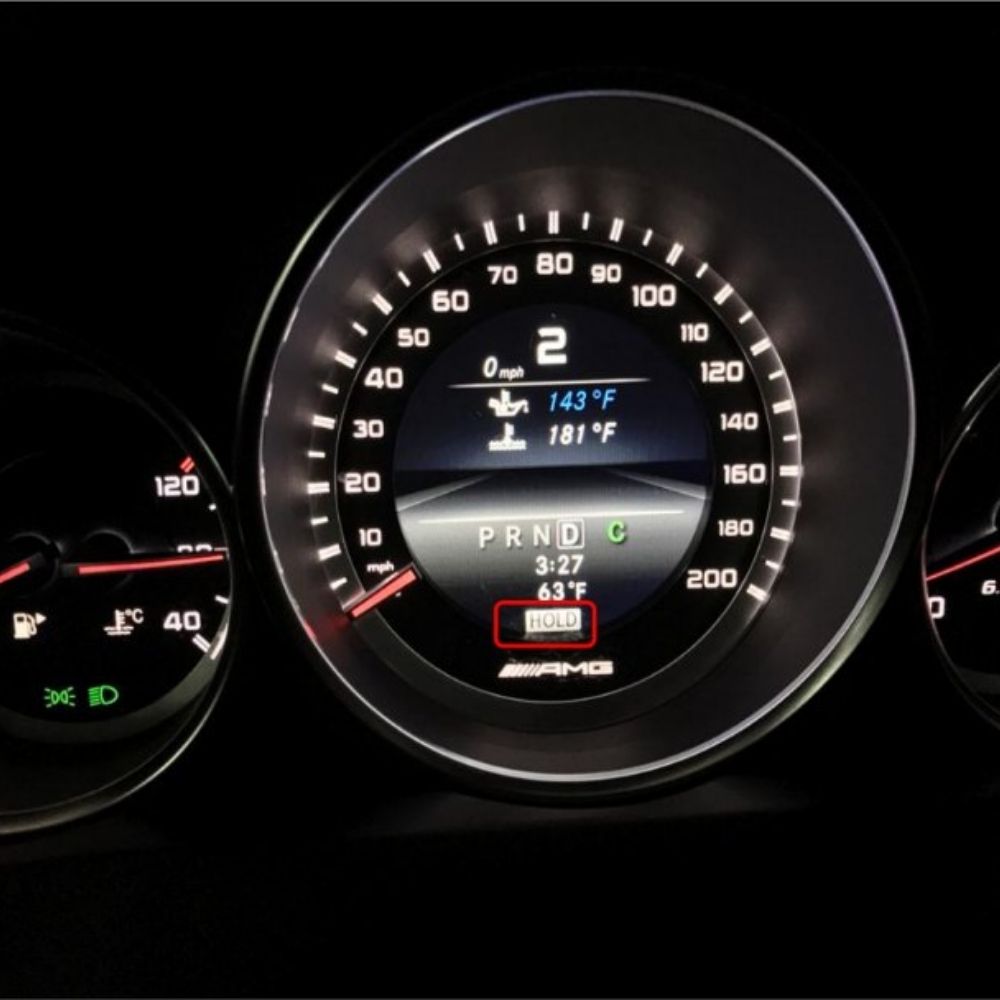
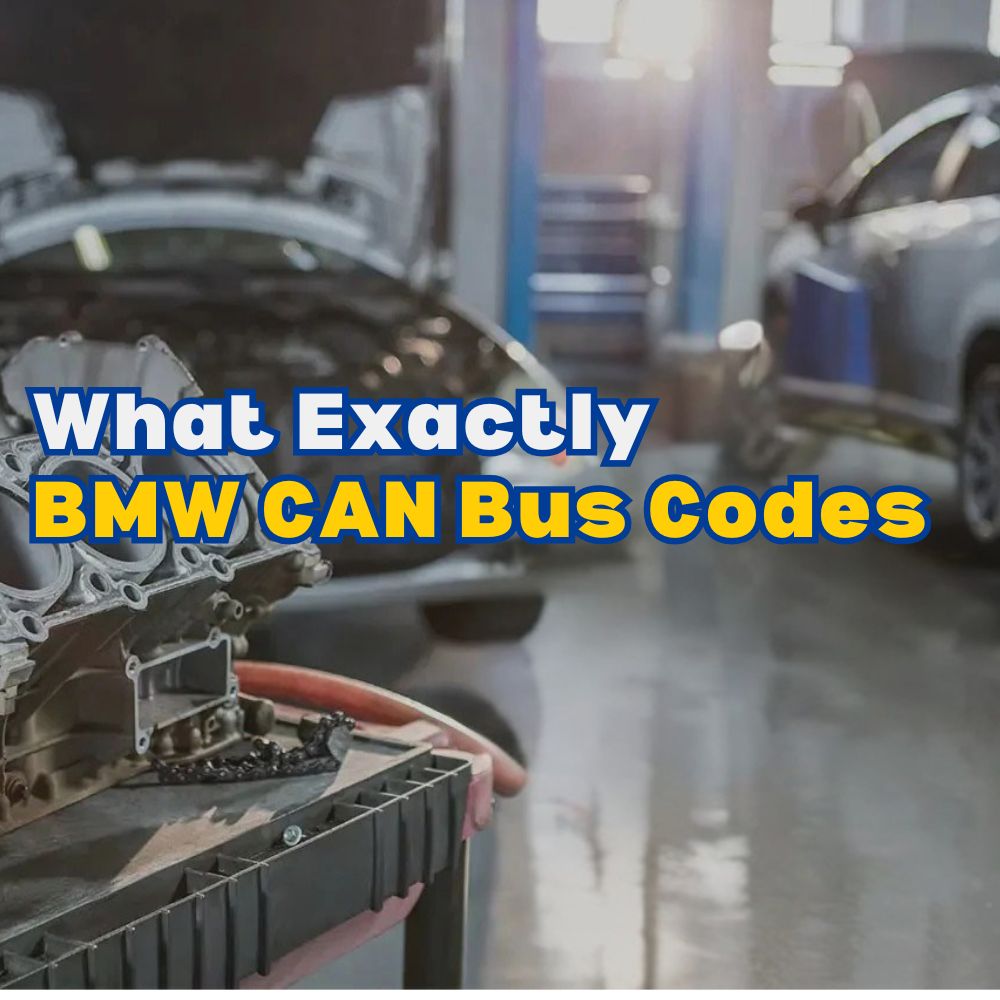
BMW CAN bus codes can be complex, but understanding them is crucial for accurate diagnostics and repairs. This guide breaks down common BMW CAN bus codes, their causes, and how AutoExplain’s remote diagnostic services can help you resolve these issues efficiently.
Table of Contents
ToggleBMW CAN (Controller Area Network) bus codes are standardized diagnostic trouble codes (DTCs) that indicate problems within the vehicle’s communication network. The CAN bus system allows various electronic control units (ECUs) to communicate with each other, sharing data and coordinating functions.
The CAN bus acts like a central nervous system for your BMW. It allows components like the engine control unit (ECU), transmission control unit (TCU), anti-lock braking system (ABS), and body control module (BCM) to exchange information. This communication is essential for everything from engine performance to safety systems. According to research from Robert Bosch GmbH in September 2023, modern vehicles can have over 70 ECUs communicating via the CAN bus, highlighting the system’s complexity.
CAN bus codes are vital because they pinpoint communication failures that can cause a wide range of symptoms, from warning lights on the dashboard to complete system malfunctions. Correctly interpreting these codes is the first step in diagnosing and repairing electrical issues in your BMW.
Here’s a breakdown of some common BMW CAN bus codes, along with potential causes and troubleshooting steps:
| Code | Description | Possible Causes | Troubleshooting |
|---|---|---|---|
| U0100 | Lost Communication With ECU/PCM | Faulty ECU, wiring issues, CAN bus failure, software problems | Check ECU power and ground, inspect wiring harness, test CAN bus resistance, update ECU software |
| U0155 | Lost Communication With Instrument Panel Cluster | Faulty instrument cluster, wiring problems, CAN bus issues | Check instrument cluster connections, inspect wiring, test CAN bus, try a cluster reset |
| U0140 | Lost Communication With Body Control Module | Faulty BCM, wiring issues, CAN bus problems | Check BCM power and ground, inspect wiring, test CAN bus, reprogram BCM |
| U0121 | Lost Communication With ABS Control Module | Faulty ABS module, wiring problems, CAN bus issues | Check ABS module connections, inspect wiring, test CAN bus, replace ABS module |
| U1147 | CAN Bus Communication Fault | CAN bus wiring issues, faulty ECU, interference | Inspect CAN bus wiring for shorts or opens, check ECU connections, use an oscilloscope to analyze CAN bus signals |
| A0B4 | Engine Start Button Defect | Faulty start button, wiring problems, CAS module issues | Check start button function, inspect wiring, diagnose CAS module, replace start button |
| 29F3 | Fuel Pressure Sensor, Electrical | Faulty fuel pressure sensor, wiring issues, DME problems | Check fuel pressure sensor wiring, test sensor output, diagnose DME, replace fuel pressure sensor |
| 2D06 | Air-Mass System | Leaks in the intake system, faulty MAF sensor, DME problems | Check for vacuum leaks, inspect MAF sensor wiring, test MAF sensor output, diagnose DME, replace MAF sensor |
| 2A87 | Exhaust VANOS, Mechanism | Faulty VANOS solenoid, oil supply issues, VANOS unit problems | Check VANOS solenoid wiring, test solenoid function, inspect oil supply, diagnose VANOS unit, replace VANOS solenoid |
| D35A | No Message (Steering Wheel Electronics, 0xBE) | Communication fault between steering wheel electronics and other modules, CAN bus issue, faulty steering wheel module | Check steering wheel module connections, inspect CAN bus wiring, diagnose steering wheel module, reprogram or replace steering wheel module if necessary |
This code indicates a loss of communication between the ECU (Engine Control Unit) or PCM (Powertrain Control Module) and other modules on the CAN bus. This can lead to various drivability issues.
Possible Causes:
Troubleshooting Steps:
This code indicates a loss of communication with the instrument panel cluster. This can cause issues with displaying important vehicle information.
Possible Causes:
Troubleshooting Steps:
This code suggests a communication breakdown with the Body Control Module (BCM), which manages various functions like lights, windows, and door locks.
Possible Causes:
Troubleshooting Steps:
This code indicates a loss of communication with the Anti-lock Braking System (ABS) control module, which is crucial for safety.
Possible Causes:
Troubleshooting Steps:
This code is a general indicator of a CAN bus communication fault, suggesting a problem with the network itself.
Possible Causes:
Troubleshooting Steps:
This code indicates a problem with the engine start button, which can prevent the car from starting.
Possible Causes:
Troubleshooting Steps:
This code indicates an electrical issue with the fuel pressure sensor, which can affect engine performance.
Possible Causes:
Troubleshooting Steps:
This code suggests a problem with the air-mass system, which can affect the air-fuel mixture and engine performance.
Possible Causes:
Troubleshooting Steps:
This code indicates a problem with the exhaust VANOS (Variable Camshaft Timing) system, which can affect engine performance and efficiency.
Possible Causes:
Troubleshooting Steps:
This code indicates a communication issue with the steering wheel electronics, which can affect various functions like audio controls and cruise control.
Possible Causes:
Troubleshooting Steps:
Diagnosing BMW CAN bus codes effectively requires the right tools and equipment. Here’s a list of essential items:
An OBD-II (On-Board Diagnostics II) scanner is indispensable for reading and clearing diagnostic trouble codes (DTCs). It connects to your BMW’s OBD-II port, typically located under the dashboard.
A multimeter is used to measure voltage, current, and resistance in electrical circuits. It’s essential for checking the integrity of wiring and the functionality of sensors and actuators.
An oscilloscope displays electrical signals as waveforms, allowing you to analyze the CAN bus signals and identify any abnormalities or interference.
Wiring diagrams provide a detailed map of the electrical system, helping you trace circuits, identify components, and locate potential faults.
A CAN bus analyzer is a specialized tool that captures and decodes CAN bus traffic, allowing you to monitor communication between ECUs and identify potential issues.
BMW-specific diagnostic software, such as ISTA (Integrated Service Technical Application), provides advanced diagnostic capabilities, including ECU programming, coding, and data logging.
A set of basic hand tools, including sockets, wrenches, screwdrivers, and pliers, is necessary for accessing and inspecting electrical components.
A laptop or tablet is required to run diagnostic software and access online resources, such as wiring diagrams and technical service bulletins (TSBs).
Wire strippers and crimpers are used to repair damaged wiring, create new connections, and ensure proper electrical contact.
A logic probe is a simple tool that indicates the logic state (high or low) of a digital signal, helping you troubleshoot digital circuits.
Here’s a detailed step-by-step guide to diagnosing BMW CAN bus codes, ensuring a systematic and thorough approach:
Connect the OBD-II scanner to the diagnostic port, turn on the ignition (without starting the engine), and retrieve all stored DTCs. Record all codes and their descriptions.
Use the recorded codes to research their meanings and potential causes. Consult BMW service manuals, online forums, and technical databases for detailed information.
Visually inspect the wiring and connections associated with the affected components. Look for signs of damage, corrosion, or loose connections. Pay close attention to wiring harnesses, connectors, and ground points.
Use a multimeter to measure the resistance of the CAN bus. Disconnect the battery and locate the CAN bus wiring (typically twisted pairs). Measure the resistance between the CAN high and CAN low wires. The resistance should be approximately 60 ohms.
Use a multimeter to check the power and ground connections to the affected ECUs. Ensure that the ECUs are receiving the correct voltage and have a solid ground connection.
Use an oscilloscope to analyze the CAN bus signals. Connect the oscilloscope probes to the CAN high and CAN low wires. Observe the waveforms for any abnormalities, such as missing signals, distorted waveforms, or excessive noise.
Test the individual components associated with the DTCs. Use a multimeter or specialized testing equipment to verify the functionality of sensors, actuators, and other electrical components.
Use BMW-specific diagnostic software, such as ISTA, to perform advanced diagnostic tests, including ECU programming, coding, and data logging. Follow the software’s guided diagnostic procedures to identify the root cause of the problem.
Based on the diagnostic results, repair or replace any faulty components. Ensure that all connections are clean and secure.
After completing the repairs, clear the DTCs using the OBD-II scanner. Start the engine and perform a test drive to verify that the problem has been resolved and no new codes have been generated.
Struggling with complex BMW CAN bus codes? AutoExplain offers remote diagnostic, programming, and software installation services to help you get your BMW back on the road quickly and efficiently.
Our experienced technicians can remotely access your BMW’s diagnostic system to identify the root cause of CAN bus issues. We use advanced diagnostic tools and techniques to pinpoint the problem and provide accurate repair recommendations.
If your BMW requires ECU programming or reprogramming, AutoExplain can perform these services remotely. We ensure that your ECU is running the latest software and is properly configured for optimal performance.
We offer remote software installation services for BMWs, including navigation updates, performance enhancements, and other software upgrades. Our technicians ensure that the software is installed correctly and is compatible with your vehicle.
Our team of BMW experts is available to provide technical support and guidance throughout the diagnostic and repair process. We can answer your questions, offer troubleshooting tips, and help you resolve even the most complex CAN bus issues.
Choosing AutoExplain for your BMW CAN bus issues offers several advantages:
Our remote services eliminate the need to bring your BMW to a physical repair shop. You can receive expert diagnostic and repair assistance from the comfort of your own home or garage.
We understand that time is of the essence. Our remote services allow us to quickly diagnose and resolve CAN bus issues, minimizing downtime and getting you back on the road faster.
Our remote services are often more cost-effective than traditional repair shop visits. You save on towing costs, labor charges, and other expenses associated with physical repairs.
Our team of BMW experts has extensive experience in diagnosing and repairing CAN bus issues. We stay up-to-date with the latest technologies and techniques to provide you with the best possible service.
Here are a few real-world examples of how AutoExplain has helped BMW owners resolve CAN bus issues:
A customer contacted AutoExplain with a U0100 code on their 2015 BMW 328i, indicating a loss of communication with the ECU. Our technician remotely accessed the vehicle’s diagnostic system and discovered a corroded wiring connector in the engine compartment. After cleaning and repairing the connector, the U0100 code was cleared, and the vehicle returned to normal operation.
A customer reported a U0155 code on their 2018 BMW X5, indicating a loss of communication with the instrument panel cluster. Our technician remotely diagnosed the issue and found that the instrument cluster’s software was outdated. After remotely updating the software, the U0155 code was resolved, and the instrument panel cluster functioned correctly.
A customer contacted AutoExplain with a U0121 code on their 2012 BMW 535i, indicating a loss of communication with the ABS control module. Our technician remotely diagnosed the issue and determined that the ABS module was faulty. After the customer replaced the ABS module, our technician remotely programmed the new module to the vehicle, resolving the U0121 code.
Preventing CAN bus problems can save you time, money, and frustration. Here are some tips to keep your BMW’s CAN bus system in top condition:
Follow your BMW’s recommended maintenance schedule to ensure that all electrical components are properly inspected and maintained.
Protect wiring harnesses from damage by using protective sleeves and cable ties. Avoid routing wiring near sharp edges or hot components.
Keep electrical connections clean and free from corrosion. Use dielectric grease to protect connectors from moisture and corrosion.
Avoid exposing your BMW’s electrical components to water damage. If your vehicle is flooded, have it professionally inspected and repaired.
Use only high-quality replacement parts that meet BMW’s specifications. Inferior parts can cause electrical problems and damage the CAN bus system.
As automotive technology advances, so does the complexity of the CAN bus system in BMW vehicles. The future of BMW CAN bus technology is likely to involve several key trends:
Modern vehicles require faster and more reliable communication networks to support advanced features such as autonomous driving, over-the-air updates, and connected car services. As a result, BMW is likely to adopt higher-speed CAN bus standards, such as CAN FD (Flexible Data-Rate), which offers significantly increased bandwidth compared to traditional CAN bus.
Ethernet is a popular networking technology used in computer networks. BMW is likely to integrate Ethernet into its CAN bus architecture to support high-bandwidth applications such as infotainment systems, advanced driver-assistance systems (ADAS), and vehicle-to-everything (V2X) communication.
As vehicles become more connected, cybersecurity becomes increasingly important. BMW is likely to implement advanced security measures to protect the CAN bus system from cyberattacks and unauthorized access. These measures may include encryption, authentication, and intrusion detection systems.
Over-the-air (OTA) updates allow BMW to remotely update vehicle software, including ECU firmware, infotainment systems, and navigation maps. This technology enables BMW to deliver new features, bug fixes, and security patches without requiring customers to visit a dealership.
Artificial intelligence (AI) is transforming the automotive industry. BMW is likely to integrate AI into its CAN bus system to enable advanced features such as predictive maintenance, adaptive cruise control, and personalized driving experiences.
Here are some frequently asked questions about BMW CAN bus codes:
The CAN bus (Controller Area Network) is a communication network that allows various electronic control units (ECUs) in a vehicle to communicate with each other.
The CAN bus wiring is typically located throughout the vehicle, connecting various ECUs and sensors. The main CAN bus wiring is usually found in the engine compartment, under the dashboard, and along the vehicle’s floor.
You can test the CAN bus using a multimeter to measure the resistance between the CAN high and CAN low wires. The resistance should be approximately 60 ohms. You can also use an oscilloscope to analyze the CAN bus signals.
It depends on the severity of the fault. In some cases, you may be able to drive the vehicle with limited functionality. However, it’s generally not recommended to drive with a CAN bus fault, as it can affect various safety systems and lead to further damage.
The cost to repair a CAN bus fault can vary depending on the severity of the problem and the parts required. Simple wiring repairs may cost a few hundred dollars, while replacing a faulty ECU can cost thousands.
Common CAN bus problems in BMWs include wiring issues, faulty ECUs, and software problems.
Yes, a bad battery can cause CAN bus problems. A weak or failing battery can cause voltage fluctuations that disrupt communication between ECUs.
You can clear CAN bus codes using an OBD-II scanner. Connect the scanner to the diagnostic port, turn on the ignition, and follow the scanner’s instructions to clear the codes.
BMW ISTA (Integrated Service Technical Application) is a diagnostic software used by BMW technicians to diagnose and repair BMW vehicles. It provides advanced diagnostic capabilities, including ECU programming, coding, and data logging.
Yes, AutoExplain offers remote diagnostic services to help you diagnose CAN bus codes on your BMW. Our experienced technicians can remotely access your vehicle’s diagnostic system and provide accurate repair recommendations.
BMW CAN bus codes can be challenging to diagnose, but with the right tools, knowledge, and support, you can resolve these issues efficiently. AutoExplain is here to help you with expert remote diagnostic, programming, and software installation services.
Don’t let CAN bus issues keep you off the road. Contact AutoExplain today for fast and reliable assistance. Reach out via WhatsApp at +1(936)2896695 or email us at [email protected]. Visit our website at AutoExplain for more information. Our office is located at 1500 N Grant ST Sten Denver, CO 80203. We’re here to get you back on the road with confidence!


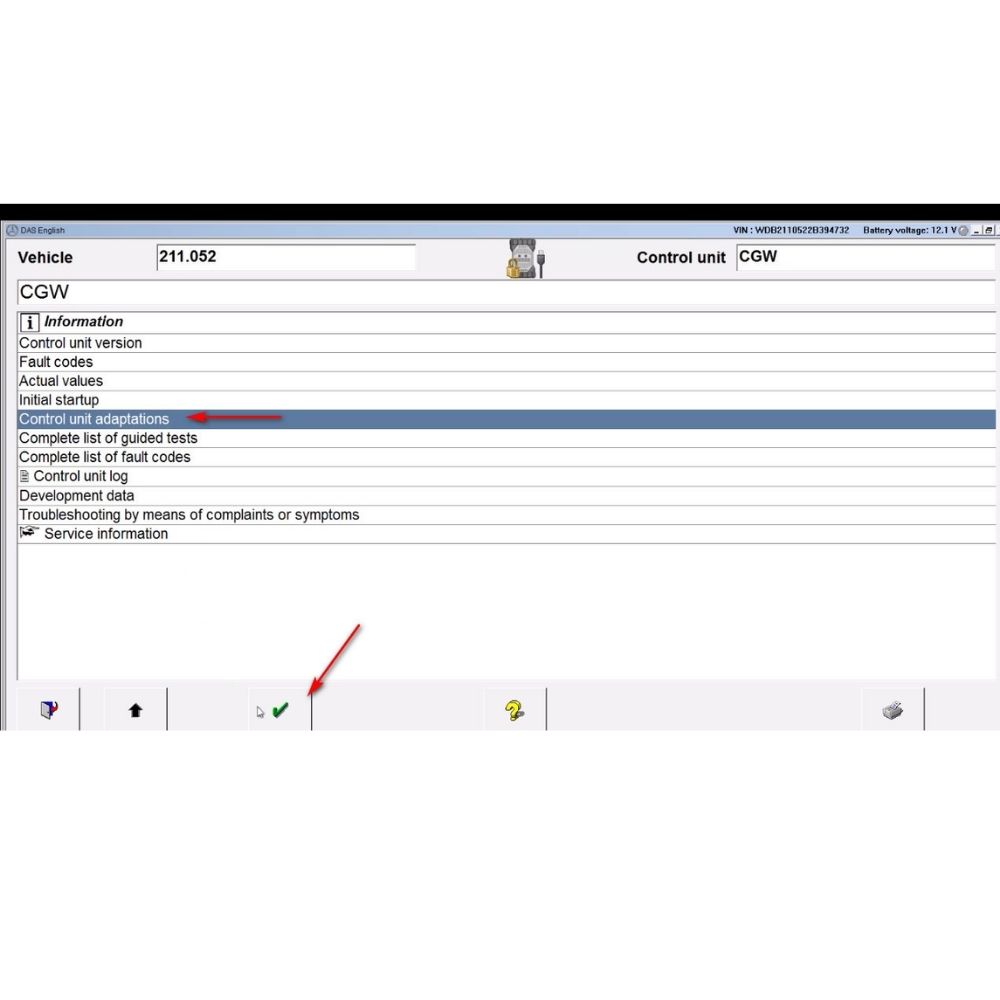
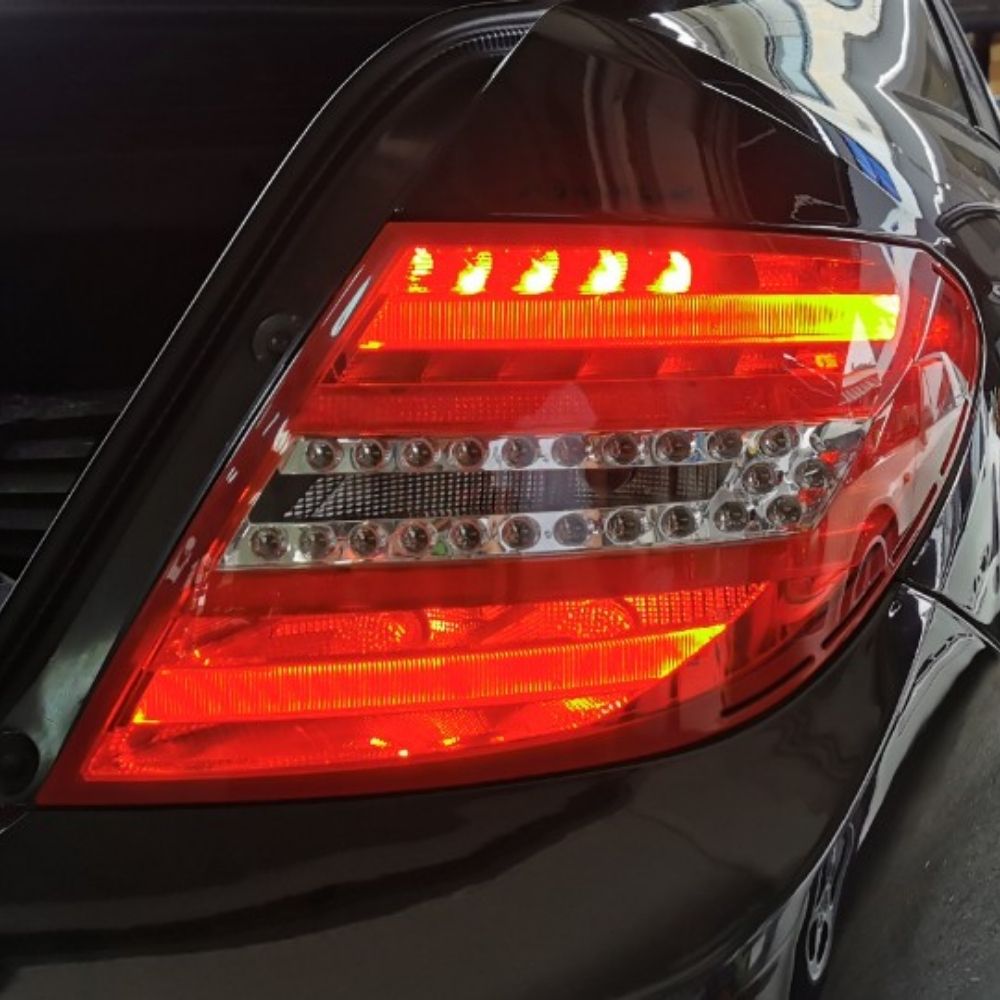
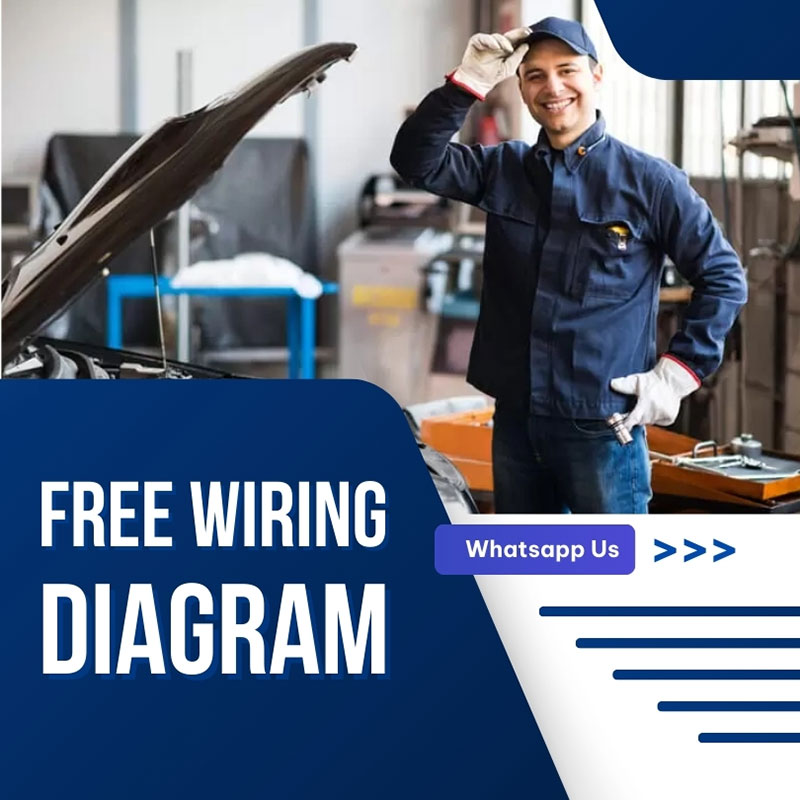
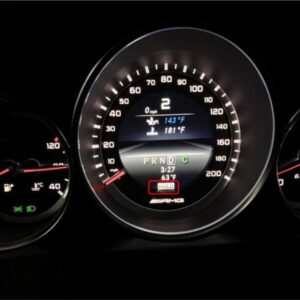
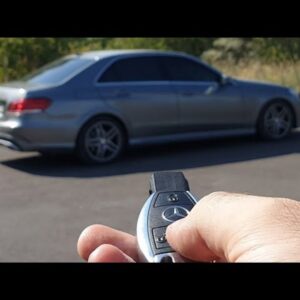
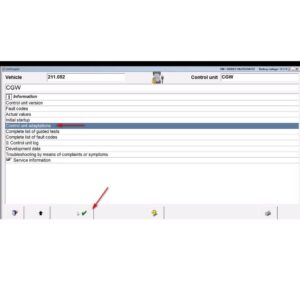
At AutoExplain, we provide automotive online repair service, auto repair tips, car repair manuals & document & training course to help mechanics of all experience levels—fix vehicles efficiently
AUTO EXPLAIN LLC
Employer Identification Number (EIN):
38-4349958
Whatsapp Us: +1(936)2896695
Gmail: [email protected]
Our Workshop: 1500 N Grant ST Sten Denver, Colorado, United States
Copyright 2025 © AutoExplain